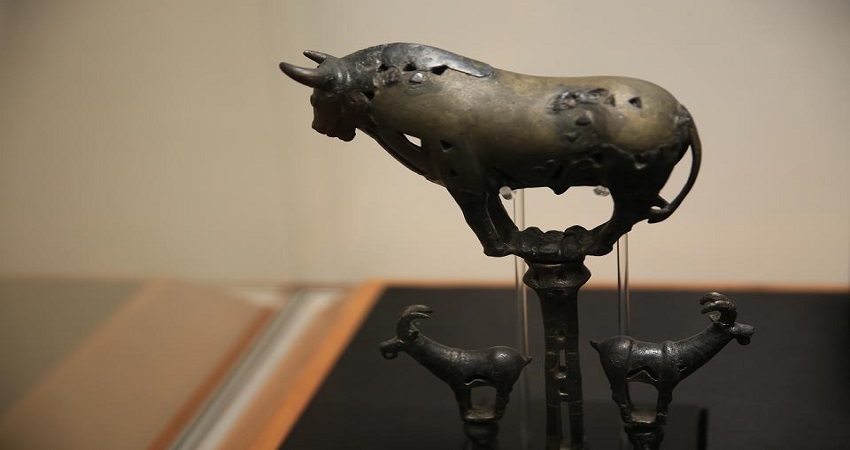The Civilization of Urartu

Horseback riding in IRAN
August 26, 2020
Wildlife of Iran
September 2, 2020The Civilization of Urartu, Brilliant but ephemeral
Urartu or Ourartou is a kingdom formed around the ninth century BC. AD on the mountainous territory of Armenia, around Lake Van (present-day eastern Turkey). At its peak, this state extended over a territory now divided between Armenia around Lake Sevan, Northwestern Iran around Lake Urmia, Northern Syria and Iraq, or even southern Georgia.
The term “Urartu” was used to designate this state in the sources of Assyria, its great adversary. This kingdom and its culture disappeared during the first half of the sixth century BC. AD in unknown conditions.
The art of the kingdom of Urartu had a very important influence on artists and craftsmen of the neighboring region, Assyria, the main power at the time of its flourishing. The peak of Urartu art was reached in the 8th century BC. J.-C. Bronze statuettes, jewelry, weapons, and other handcrafted objects dating from this period have come down to us.
This kingdom was certainly marked by Assyrian influence, but also developed strong characteristics of its own, which can be seen in particular in the construction of vast fortresses serving as administrative centers, or the development of bronze metallurgy of remarkable quality.
The inhabitants of the land of Urartu had a special ability in the construction of metal objects, irrigation canals, and especially the construction of strong buildings, castles, and cities.
The issue of security has been of paramount importance as Urartu has often had to defend itself against attacks by its main enemy, Assyria, from the south and against the invasion of the Scythes from the north.
The Urartean architecture has produced remarkable achievements. They were particularly revealed by the excavations of Arin Berd and Karmir Blur, two neighboring sites about sixty kilometers southwest of Lake Sevan, north of the Araxes. From this period, many sites have been discovered in Iran, the most important of which is Bastam.
Bastam is one of the main Urartean fortresses, named Rusa-i Uru Tur in Elamite, dating from the 7th century BC. AD and located in what is now West Azerbaijan, northwest of Iran. It is the second-largest Urartean fortress after that of Tushpa.
Bastam did not recover from its destruction; some traces of occupation remain, and under the Medes or the Achaemenid a small part of the city was rebuilt and inhabited for a short period, then again under the Parthian and the Sassanian.
The last occupation dates back to the Middle Ages when Armenians settled there and raised the fortifications. With the Mongol invasion in the thirteenth century, Bastam was definitely abandoned and fell into oblivion, the populations settling at the foot of the hill in the village from which the citadel takes its modern name.
Bastam residential area in the seventh century BC was about 600.300 meters wide and was located on the slopes of a mountain castle. Most of Bastam’s Urartian houses were built east-west so that a cool, clear breeze could pass over them.
The houses of construction workers and craftsmen of this residential area, whose work is related to the Urartian castle, have a large space with rectangular rooms and a courtyard.
The walls were made of clay and firmly built on stone foundations. The required water was supplied from a spring near the area. The city having been carefully plundered before its destruction; the excavations only allowed to find few objects.

